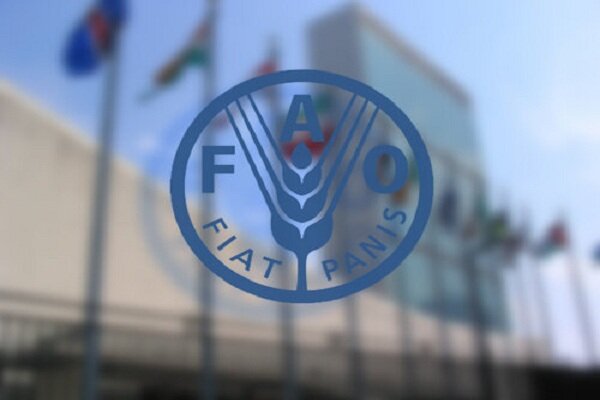Aquaculture is lagging far behind terrestrial agriculture - both crops and livestock - in terms of the characterization, domestication and improvement of its genetic resources for food production. The report concludes that we have the opportunity to significantly enhance sustainable aquaculture production through the strategic management and development of some of the more than 550 species currently used in aquaculture.
According to this new FAO report titled The State of the World's Aquatic Genetic Resources for Food and Agriculture, we are still largely farming wild fish, with 45 percent of cultured species being little different from their wild counterparts.
The report stresses the potential for sustainable production gains through the genetic improvement of farmed aquatic resources.
Unleashing the potential of aquaculture
According to FAO, a growing human population is expected to drive an increase in fish consumption of approximately 1.2 percent per annum over the next decade. Production of fish and fish products is estimated to reach over 200 million tonnes by 2030.
Given that production from the world's capture fisheries has stabilized at about 90-95 million tonnes per annum, with nearly a third of marine fish stocks being overfished, there is little scope for additional production in the foreseeable future except through loss and waste and efficiencies management. The expected growth in demand for fish and fish products therefore needs to be largely met from aquaculture. In this context, the responsible and sustainable use of aquatic genetic resources will be essential to fulfil this role.
Numerous technologies are available to improve aquatic genetic resources with FAO recommending a focus on well-designed, long-term selective breeding programmes, which can increase productivity of aquatic species by 10 percent per generation.
FAO and Iran cooperation for aquaculture genetic improvement
In this framework, FAO in Iran in coordination with the Iranian Government is funding the project “Genetic Improvement of Rainbow Trout in Iran” aimed at creating a national strain of rainbow trout. This project provides technical and strategic assistance to Iran in implementing an integrated and sustainable management system for selective breeding of rainbow trout.
Many wild species are under threat
The report notes that all farmed species still have wild relatives in nature but many of these wild species are under threat and are in need of targeted and prioritized conservation.
According to the report, the most depleted wild relatives of cultured species are Russian sturgeon, huchen, beluga sturgeon, Atlantic salmon and brown trout.
Strengthening policies and cross-sectoral approach
Food and nutrition security depend on a diverse and healthy food basket, of which aquatic food is an important component. Therefore, aquatic genetic resources should be included in broader food security and nutrition policies.
ZZ/
